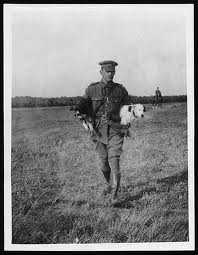Christmas time is just around the corner and should be enjoyed by every member of the family. Dogs technically don’t know what Christmas is but they do know that everyone is excited and there are many new shiny objects that they have never seen before, some of which could cause them harm. Here’s our guide to some of the main Christmas dangers to your dog so you can keep them safe this year.
Christmas Food
We all do it, sneaking the dog some turkey under the table. It’s a special time of the year and everyone deserves a treat. Unfortunately there is a long list of Christmas foods that are actually poisonous to dogs. These include: chocolate, onions, nuts, blue cheese, and all forms of grapes (including the raisins and sultanas found in Christmas pudding).
It is also well documented that dogs love to chew on bones. What is not so well documented is that bones become brittle and are more likely to splinter after they have been cooked. This can lead to small fragments being swallowed which can lead to choking. Swallowing the shards can also cause digestive problems later on in the day. Not exactly the present that you were hoping for this Christmas. It should also be noted that poultry/bird bones are hollow and splinter very easily so should never be given to a dog.
Decorations
Christmas decorations are great to look at. Unfortunately they look as good to dogs as they do to us – albeit in less colour! The problem is that dogs cannot differentiate between a bauble and a tennis ball, if it’s round and it rolls then it’s probably going to be chased.
Baubles aren’t really toxic to dogs, but unfortunately they are likely to shatter which means shards of plastic or glass can get stuck in paws or in digestive tracts.
Tinsel is another Christmas favourite, and again another concern for your four legged pal. Whilst not very toxic, tinsel is long and slinky which means it is easy to chow down on. The main trouble with tinsel is that it can cause a blockage in the digestive tract. The worst case scenario would be if it started to work its way through the body whilst some of it is still in the stomach! This would be a real cause for concern and require an immediate trip to the vet.
Christmas Tree Chocolates
Chocolate tree decorations are fantastic for that Christmas day treat. Unfortunately chocolate is very poisonous to dogs. The trouble is that chocolate can fall off the tree without you noticing, which means it is fair game for any four-legged friends. Chocolate wrappers can also have a bad effect on a dog as it passes through their gut. We strongly suggest taking steps to try and make it as difficult for dogs to reach and eat these treats as possible.
Electrical Goods
Christmas presents normally go hand in hand with electrical goods. Whilst the idea of watching TV probably doesn’t appeal to your canine friend, having something to chew on probably does. Electrical wires are a prime example, especially if they have not been moved well away from doggy accessible places. Your family pet is going to be in for a shock if they manage to chew all the way through the wire.
The same could be said for batteries which are probably going to be in abundance with all the new gadgets and gizmos that Santa brought the family this year. When pierced or ingested, the acid inside can cause severe chemical burns or heavy metal poisoning.
Holly, Mistletoe and Poinsettia
You know you’re in the festive season when you see Holly, Mistletoe and Poinsettia decorating peoples homes. Like most other things in your house, your dog probably looks at these plants and see’s a snack.
Many people think that Poinsettia is an extremely deadly plant for pets and children, though this is rarely the case. The plants brightly coloured leaves contain a sap which is highly irritating to skin, and will cause abdominal pain when ingested. Other symptoms include: excessive drooling, nausea, and vomiting. If your precious pooch decides to take a bite, it is likely to be too irritated by the plants sap to continue eating. However, you should still take care when displaying this plant if you have a dog in the house.
Holly and Mistletoe are generally more toxic than Poinsettia. Both are known to cause intestinal upset, vomiting, and diarrhoea. Mistletoe contains toxic substances that can do real damage when ingested in large quantities, these symptoms include: massive drop in blood pressure, breathing problems, seizures, and deadly in some very severe cases. We seriously suggest keeping these plants well away from anywhere that you family dog can reach them.
Whilst the above are some very important Christmas doggy dangers to look out for, by staying vigilant and keeping an eye on your pet, you can ensure that everyone in the family has a perfect Christmas this year.
Please note that DogFence does not accept any liability for the content of this page and is only intended as a guide. If you are worried about your pets health, or wish to know more about Christmas dangers to you pet, please contact your local veterinary practice.


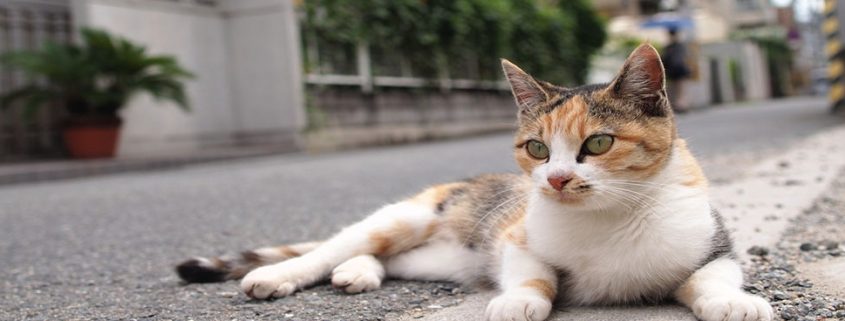
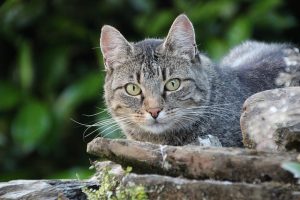
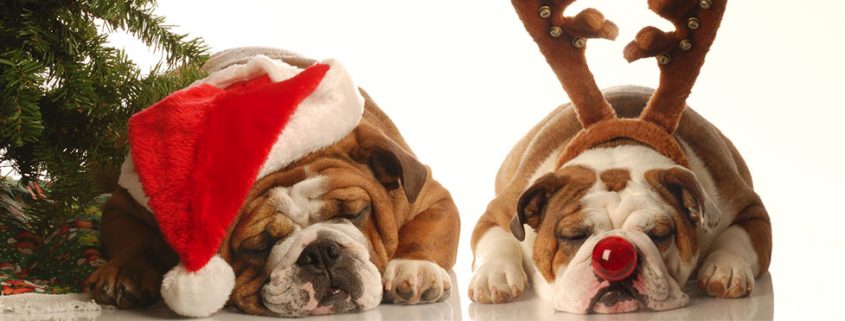
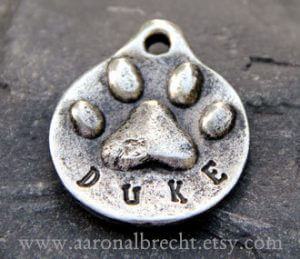
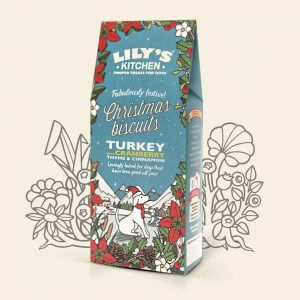
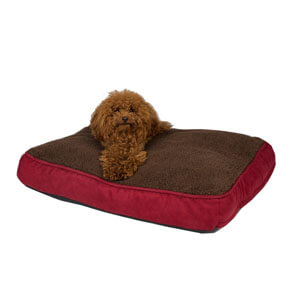
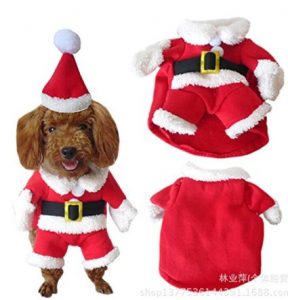
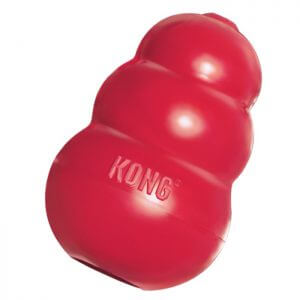
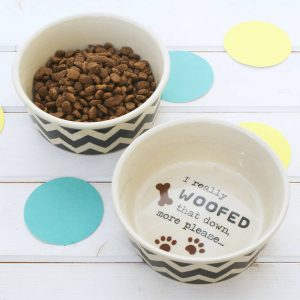
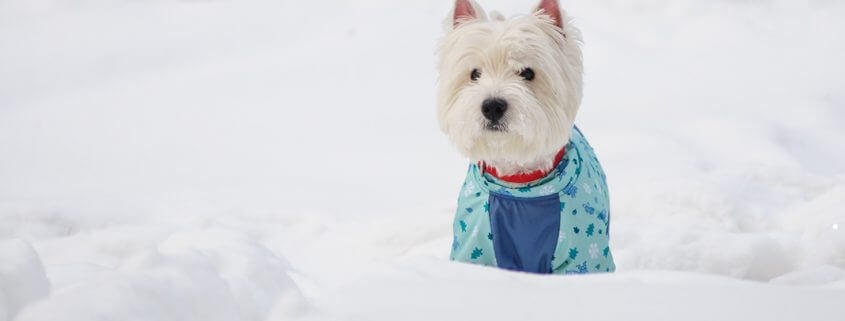
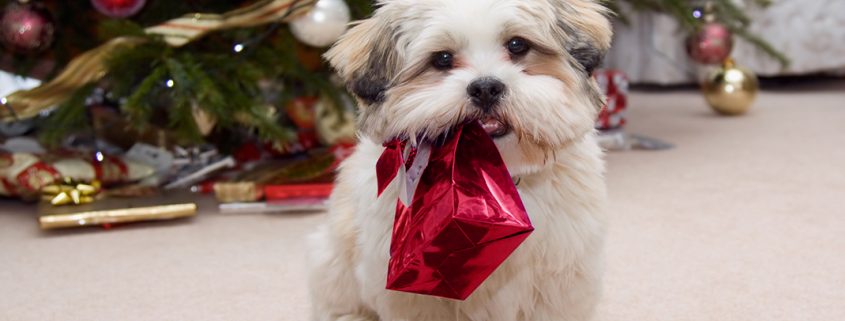
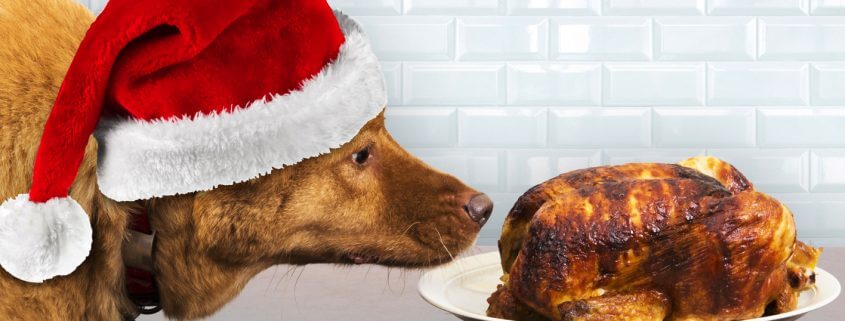
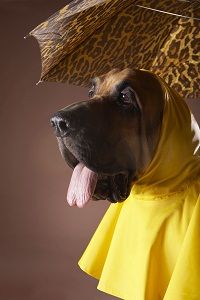
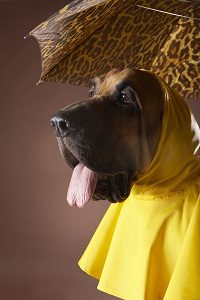 It sounds like a headline from a supermarket tabloid but scientific facts support this seemingly amazing claim — which is not so amazing to those of us who own dogs. So many of us have experienced our furry companions barking well before we hear thunder, or have come to enjoy the old head-in-our-lap cuddle just before rain pelts our house.
It sounds like a headline from a supermarket tabloid but scientific facts support this seemingly amazing claim — which is not so amazing to those of us who own dogs. So many of us have experienced our furry companions barking well before we hear thunder, or have come to enjoy the old head-in-our-lap cuddle just before rain pelts our house.
 Feeding a cat that is not yours, may not be doing the right thing
Feeding a cat that is not yours, may not be doing the right thing


